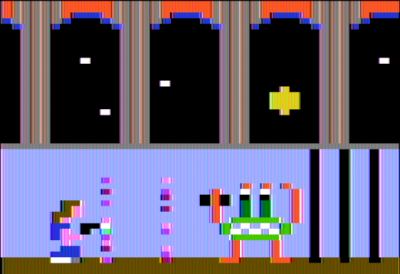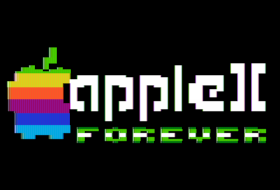 |
Opening Screen.
This uses cycle counting to get a 40x96 display.
|
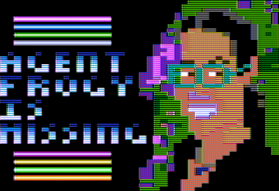 |
Portrait.
This is 40x48 interlaced (40x192 but colors have to happen
in groups of two). Racing the beam for
40x192 on the static rasterbars.
|
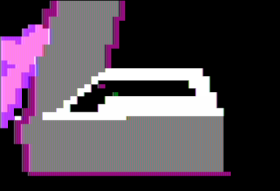 |
Book opening.
This is plain lores (nothing fancy) but is rotoscoped.
|
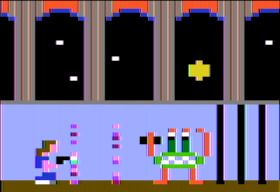 |
Starbase.
This uses the engine from my implementation
of Another World.
Note the intentional use of both grey colors to
create intentional thin NTSC artifact lines in the columns.
|
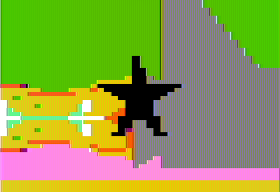
| Star wipe.
The star wipe is a tribute to @a2_4am who is making
a million wipes for his
Total Replay project.
|
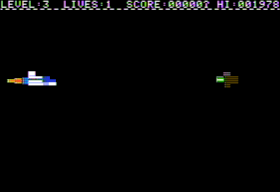 |
Escape.
This is doing cycle counting and some advanced
racing-the-beam effects. The ship sprite and
lasers are in 40x192 mode (look at that smooth
scrolling). Also note the text mode at the top
of the screen (not something you usually see on
Apple II). This is part of a
playable game.
|
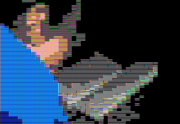 |
Book reading.
Cycle counted 40x96 mode
|
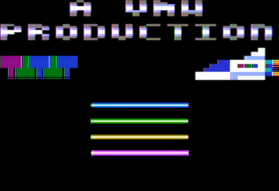 |
Rasterbar Credits.
Cycle counting and racing the beam for partial
40x192 15-color mode. Also double height multicolor
fonts.
|
